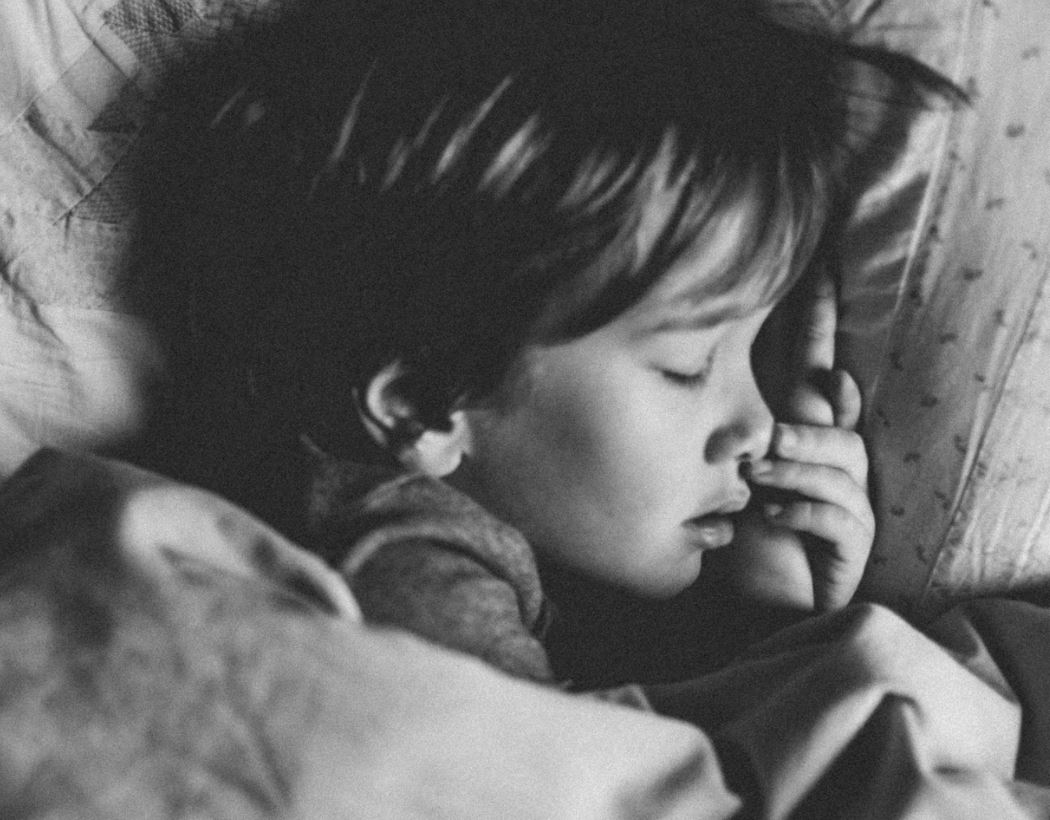
What’s the biggest struggle you face as a parent? Of course, providing your kid with a nurturing environment that’s conducive to growth is crucial. You also have to pay attention to their physical and mental development.
However, one thing that baffles most parents is ensuring a good night’s sleep for their child. In an ideal world, your child would go into their room, head straight to the bed, and fall asleep in a jiffy. Unfortunately, this is only a distant dream for most parents.
If you have a kid with a hyperactive imagination, you already know the pain of making them fall asleep. Even if you manage to make them sleep, getting them to stay in bed for long every morning is another battle altogether.
The good news is that making a few simple changes in your kid’s bedroom can go a long way to improve their sleep. The key is to create a space that’s conducive to peace and quiet. From rearranging the furniture to adding a source of white noise – there are various ways to create a sleep-friendly room.
In this blog, we’ll outline a few effective tips to turn your child’s room into a haven of sleep. Let’s get started.
1. Clear the Clutter
First things first – your kid isn’t going to fall asleep if there are a plethora of distractions in their room. This could include bright curtains and bedsheets with stark patterns. Or it could just be a bunch of legos, toy cars, clothes, and other odds and ends lying around their room.
That’s why the first step should be to declutter your kid’s room and get rid of any distracting elements. Watch out for paintings and other visual cues that might fuel your child’s imagination right before bedtime.
Make sure you store all their toys and other belongings in closets or cartons to keep these objects away from their sight before they’re going to bed. Also, avoid using bed sheets, duvets, and throws with stimulating colours and patterns.
2. Compartmentalize
Here’s the thing – your child’s room isn’t just a place where they’ll go to sleep. Chances are they’re going to spend a lot of time in the room engaging in various activities, including studying, reading, and playing. It’s essential to compartmentalize the available space and create separate zones for different activities.
As a ground-rule, make sure you keep wakeful activities, such as playing and eating, out of the bed. It’ll help program their brain to associate the bed solely with sleep. Add a study table, desk, bean bag, lounge chairs, etc. to create different sections. Also, make sure you label each zone according to the activity it’s meant for.
3. Revamp the Bed
Who enjoys falling asleep on a stiff and uncomfortable bed? Absolutely no one. Your kid isn’t an exception to this rule. It goes without saying that you must provide them with a snug and cosy bed that’s conducive to sleep.
Start by checking if the mattress and pillows are soft enough. Next, create plenty of layers using bed sheets, blankets, comforters, and throws. Add a couple of your kid’s favourite plush toys to the mix as well. The idea is to make the bed appear homely and inviting.
This is also a good time to consider getting a weighted blanket for your child. If they’re afraid of sleeping alone or tend to wake up in the middle of the night, a weighted blanket can be an effective solution. It mimics the warmth of a hug, thereby making your child feel protected and relaxed.
However, make sure your child’s weighted blanket is of the right size and weight. Ideally, it should be nearly 10% of their body weight and fit into their bed. Also, it’s a good idea to consult a paediatrician before you get a weighted blanket for your kid.
4. Leverage Color Psychology
There’s a reason why most daycare centres have soothing blue, green, or pink walls. It’s because these colours have a calming effect on your child’s mind and help them relax. You should implement the same technique at your home too.
Even if your child claims to love brighter shades, make sure the walls of their room are painted in light colours. While blue and pink are the most obvious choices, you could also opt for neutral colours, such as beige and yellow. Apart from making the room feel warm and cosy, these colours also enhance the effect of sunlight during the day.
5. Watch Out for Blue Light
As a parent, you likely already know all about the adverse effects of blue light exposure on kids. Apart from causing headaches and visual fatigue, blue light rays from electronic devices also impact your child’s sleep and mood.
That’s why it is always a good idea to keep any source of blue light, such as a smartphone, computer, and tablet, away from your kid’s room. Also, make sure they don’t use any of these devices right before going to bed.
What techniques are you using to help your child sleep better? Share your suggestions in the comments section below.




 POSTED BY
POSTED BY 

